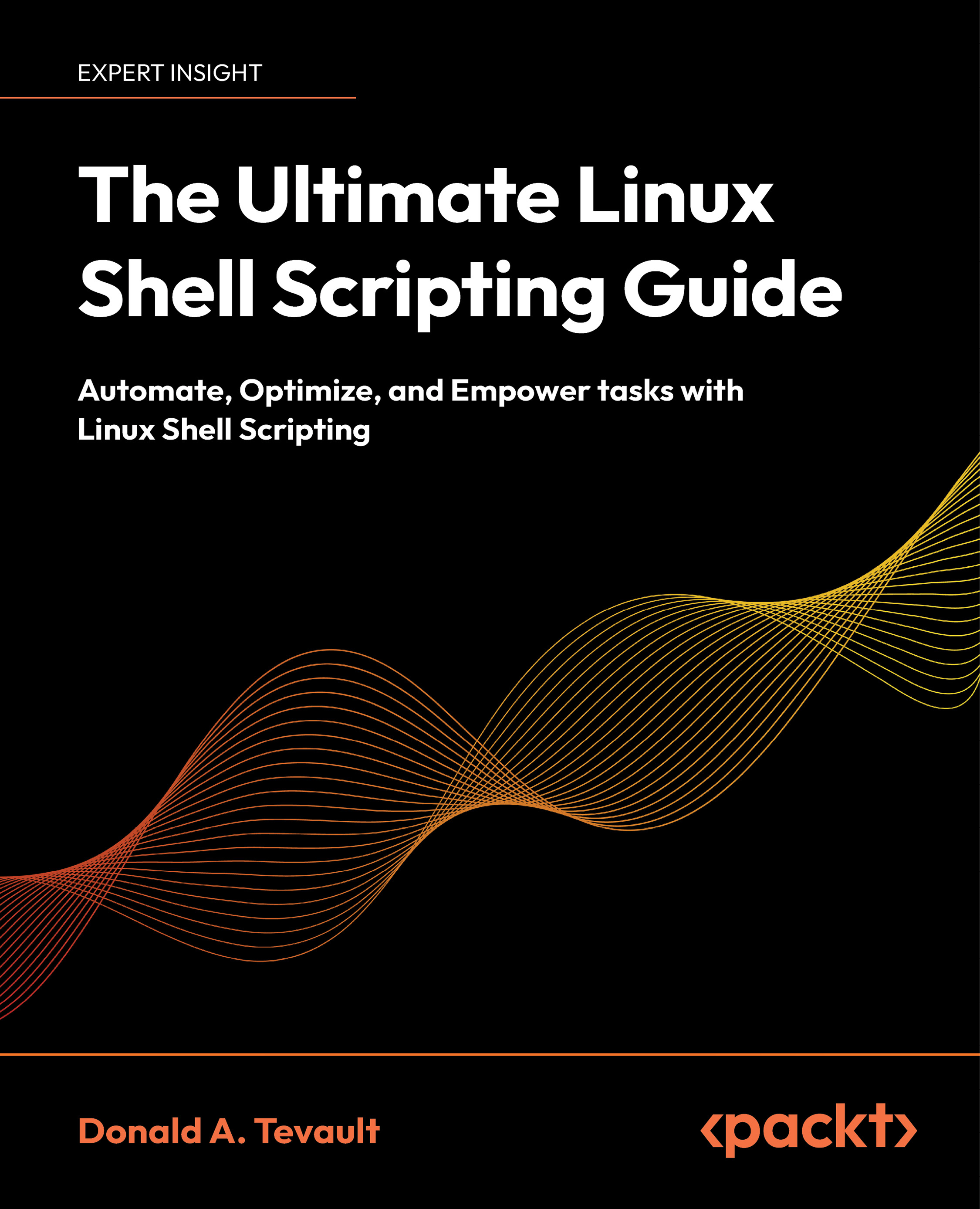Sequences are ordered sets of objects with an index of non-negative integers. In this and the next few sections, we will use the interactive interpreter to illustrate the different types. Please feel free to type along on your own computer.
Sometimes it surprises people that string is actually a sequence type. But if you look closely, strings are series of characters put together. Strings are enclosed by either single, double, or triple quotes. Note in the following examples, the quotes have to match, and triple quotes allow the string to span different lines:
>>> a = "networking is fun"
>>> b = 'DevOps is fun too'
>>> c = """what about coding?
... super fun!"""
>>>
The other two commonly used sequence types are lists and tuples. Lists are the sequence of arbitrary objects. Lists can be created by enclosing the objects in square brackets. Just like string, lists are indexed by non-zero integers that start at zero. The values of lists are retrieved by referencing the index number:
>>> vendors = ["Cisco", "Arista", "Juniper"]
>>> vendors[0]
'Cisco'
>>> vendors[1]
'Arista'
>>> vendors[2]
'Juniper'
Tuples are similar to lists, created by enclosing the values in parentheses. Like lists, the values in the tuple are retrieved by referencing its index number. Unlike list, the values cannot be modified after creation:
>>> datacenters = ("SJC1", "LAX1", "SFO1")
>>> datacenters[0]
'SJC1'
>>> datacenters[1]
'LAX1'
>>> datacenters[2]
'SFO1'
Some operations are common to all sequence types, such as returning an element by index as well as slicing:
>>> a
'networking is fun'
>>> a[1]
'e'
>>> vendors
['Cisco', 'Arista', 'Juniper']
>>> vendors[1]
'Arista'
>>> datacenters
('SJC1', 'LAX1', 'SFO1')
>>> datacenters[1]
'LAX1'
>>>
>>> a[0:2]
'ne'
>>> vendors[0:2]
['Cisco', 'Arista']
>>> datacenters[0:2]
('SJC1', 'LAX1')
>>>
Remember that index starts at 0. Therefore, the index of 1 is actually the second element in the sequence.
There are also common functions that can be applied to sequence types, such as checking the number of elements and minimum and maximum values:
>>> len(a)
17
>>> len(vendors)
3
>>> len(datacenters)
3
>>>
>>> b = [1, 2, 3, 4, 5]
>>> min(b)
1
>>> max(b)
5
It would come as no surprise that there are various methods that apply only to strings. It is worth noting that these methods do not modify the underlying string data itself and always return a new string. If you want to use the new value, you would need to catch the return value and assign it to a different variable:
>>> a
'networking is fun'
>>> a.capitalize()
'Networking is fun'
>>> a.upper()
'NETWORKING IS FUN'
>>> a
'networking is fun'
>>> b = a.upper()
>>> b
'NETWORKING IS FUN'
>>> a.split()
['networking', 'is', 'fun']
>>> a
'networking is fun'
>>> b = a.split()
>>> b
['networking', 'is', 'fun']
>>>
Here are some of the common methods for a list. This list is a very useful structure in terms of putting multiple items in and iterating through them. For example, we can make a list of datacenter spine switches and apply the same access list to all of them by iterating through them one by one. Since a list's value can be modified after creation (unlike tuple), we can also expand and contrast the existing list as we move along the program:
>>> routers = ['r1', 'r2', 'r3', 'r4', 'r5']
>>> routers.append('r6')
>>> routers
['r1', 'r2', 'r3', 'r4', 'r5', 'r6']
>>> routers.insert(2, 'r100')
>>> routers
['r1', 'r2', 'r100', 'r3', 'r4', 'r5', 'r6']
>>> routers.pop(1)
'r2'
>>> routers
['r1', 'r100', 'r3', 'r4', 'r5', 'r6']
 United States
United States
 Great Britain
Great Britain
 India
India
 Germany
Germany
 France
France
 Canada
Canada
 Russia
Russia
 Spain
Spain
 Brazil
Brazil
 Australia
Australia
 Singapore
Singapore
 Hungary
Hungary
 Ukraine
Ukraine
 Luxembourg
Luxembourg
 Estonia
Estonia
 Lithuania
Lithuania
 South Korea
South Korea
 Turkey
Turkey
 Switzerland
Switzerland
 Colombia
Colombia
 Taiwan
Taiwan
 Chile
Chile
 Norway
Norway
 Ecuador
Ecuador
 Indonesia
Indonesia
 New Zealand
New Zealand
 Cyprus
Cyprus
 Denmark
Denmark
 Finland
Finland
 Poland
Poland
 Malta
Malta
 Czechia
Czechia
 Austria
Austria
 Sweden
Sweden
 Italy
Italy
 Egypt
Egypt
 Belgium
Belgium
 Portugal
Portugal
 Slovenia
Slovenia
 Ireland
Ireland
 Romania
Romania
 Greece
Greece
 Argentina
Argentina
 Netherlands
Netherlands
 Bulgaria
Bulgaria
 Latvia
Latvia
 South Africa
South Africa
 Malaysia
Malaysia
 Japan
Japan
 Slovakia
Slovakia
 Philippines
Philippines
 Mexico
Mexico
 Thailand
Thailand

















